Good land attracts birds
Located in Dai An commune, Tra Cu district, Tra Vinh , Khmer Nodol pagoda (known as Stork pagoda by the people of the West) has a history of more than 300 years. This place is not only outstanding in architecture but also known as a peaceful roof, attracting thousands of birds, storks, herons, herons... to come here to nest and live for many generations.
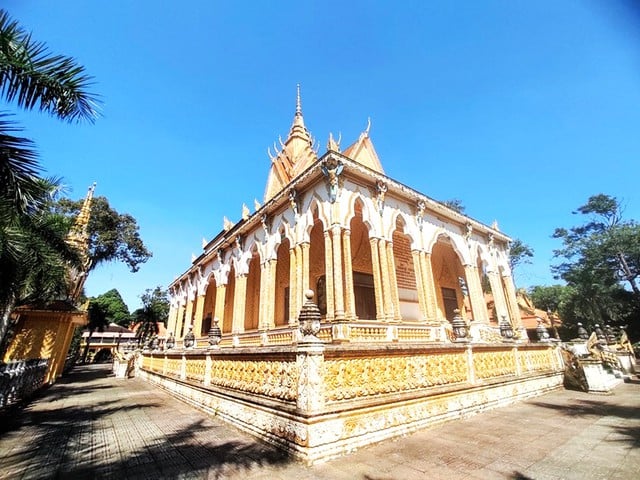
Khmer Nodol Pagoda (also known as Stork Pagoda), which attracts thousands of storks and herons to come and live.
PHOTO: DUY TAN
Venerable Phap Tanh, abbot of Co Pagoda, said the pagoda was built in 1677, on an area of nearly 6 hectares. Surrounding the pagoda are rows of bamboo, oil, star and sầu đâu trees, creating an ideal environment for birds to find shelter.
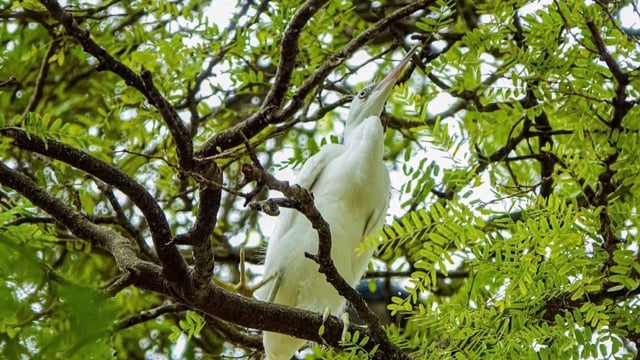
The garden of Co Pagoda is home to many rare bird species.
PHOTO: DUY TAN
"About 100 years ago, storks and other birds began to flock to this temple. Seeing that they were gentle and did not destroy crops, the monks and local people joined hands to protect them. As time went on, the storks multiplied, and the sky around the temple became more and more filled with the sound of birds every day," said monk Phap Tanh.
Up to now, the garden of Co Pagoda is home to many rare bird species such as: white stork, ibis, red-headed stork, yellow-headed stork, yellow-billed stork, black-billed stork, and other species such as herons, egrets, flamingos, gulls, parakeets, starlings, etc. In particular, there is also the snake-necked stork, a rare bird listed in the Red Book, which also comes here to live.
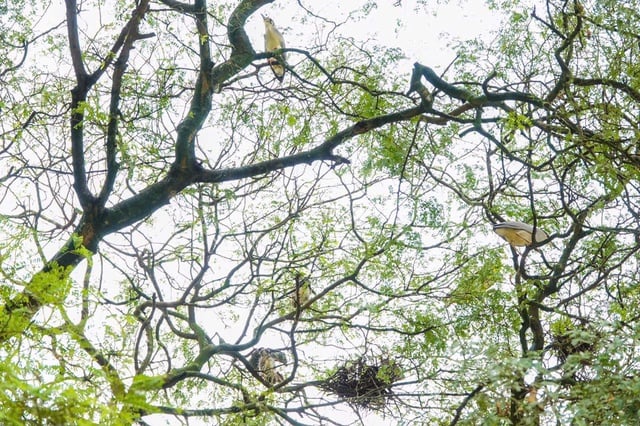
Storks live together in harmony in the Stork Pagoda grounds.
PHOTO: DUY TAN
Although living together in harmony, the storks that "reside" here seem to have clearly "divided territories". Storks often gather in rows of oil trees and bamboo bushes; herons and storks choose the arches of the sầu đâu tree near the main hall to make their nests... Notably, despite the large number of storks and their loud calls, the temple space still retains its inherent solemnity and tranquility.
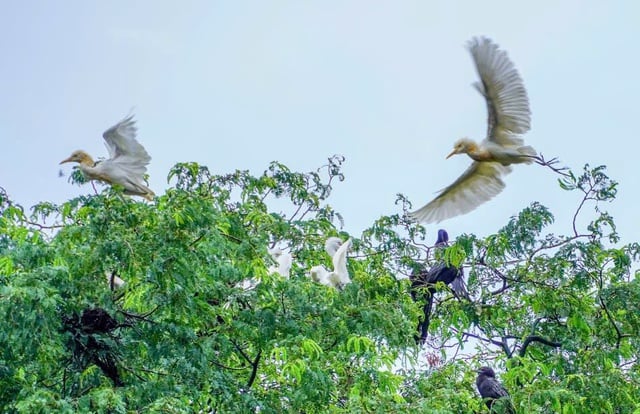
Flocks of storks and herons return to roost and nest on large tree branches at Co Pagoda.
PHOTO: DUY TAN
"Birds only perch on good land. The temple is a peaceful, safe place, and has the close bond and protection of the monks, so the birds gradually become familiar with the place. When they see strangers, they fly away, but when they see monks, they are very bold and not afraid at all," monk Phap Tanh explained.
The temple has a heron that loves to listen to the sutras.
In Dinh Hoa commune, Go Quao district, Kien Giang , DoungLeySiRiVanSa pagoda (also known as Duong Xuong Moi pagoda) has also been a refuge for hundreds of storks for over two decades. With an area of over 1.6 hectares, the pagoda grounds are covered with 30-50 m tall oil and star trees, creating an ideal miniature ecosystem for birds.
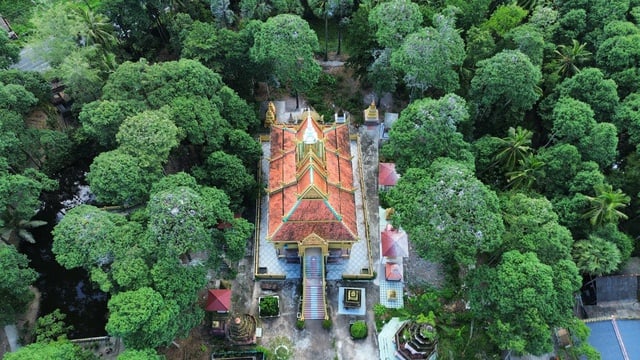
The campus of Duong Xuong Moi Pagoda has many star trees and oil trees 30 - 50 m high, an ideal habitat for storks and herons.
PHOTO: DUY TAN
Venerable Danh Ti, abbot of the pagoda, said that the white herons living here are very large, adults can weigh up to 4 kg, with a wingspan of more than 50 cm. In addition to herons, the pagoda is also home to thousands of gooses, creating a rich and interesting bird community.
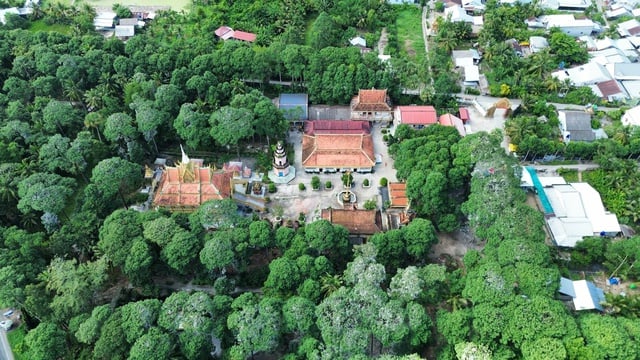
The towering tree arches create a safe green roof for flocks of birds and storks.
PHOTO: DUY TAN
"There are some very special storks. In the evening, they fly back to perch on the roof of the main hall, listen to the sutras, then stay and sleep until morning before leaving. It's as if they have their own spiritual feelings," said Venerable Danh Ti.
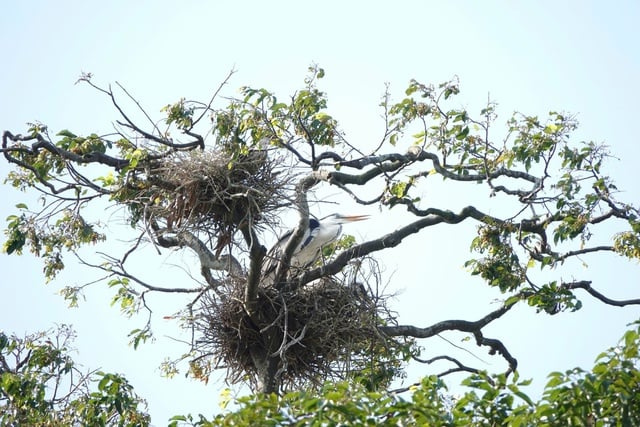
Flocks of storks nest on tall trees at Duong Xuong Moi Pagoda
PHOTO: DUY TAN
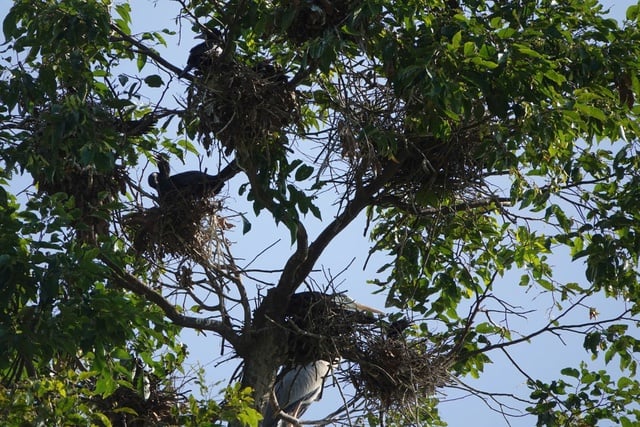
The white herons that live here are large in size, the largest weighing up to 4 kg and with a wingspan of about 50 cm.
PHOTO: DUY TAN
The attachment of the herons to the pagoda not only delights visitors but also attracts the attention of ecological researchers. In recent years, the number of visitors to the pagoda has increased, both to worship and to witness the unique symbiosis between nature and spirituality.
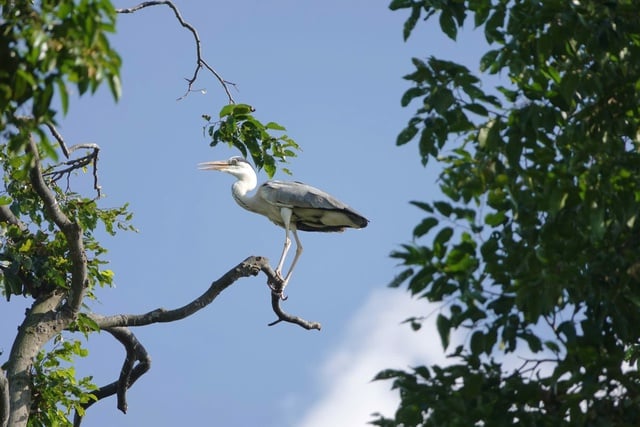
The herons here are very bold with people.
PHOTO: DUY TAN
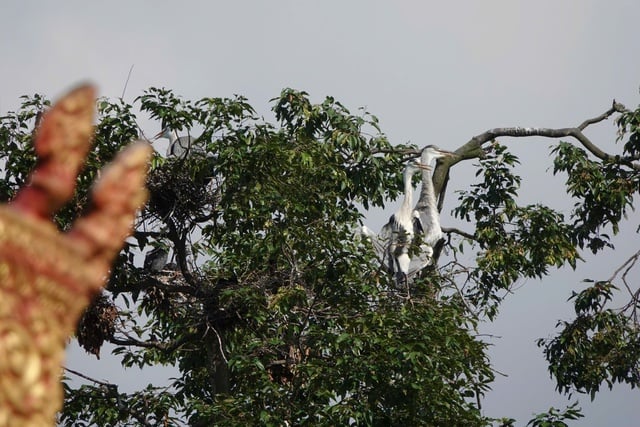
Some birds like to perch in the main hall.
PHOTO: DUY TAN
The pagodas in the middle of the river delta region are not only cultural and religious symbols but also vivid evidence of the harmony between humans and nature. There, the presence of thousands of storks and herons is not simply a biological phenomenon, but also a symbol of peace and fulfillment where the "sacred place" is not only for humans but also a peaceful home for all things.
Source: https://thanhnien.vn/nhung-ngoi-chua-doc-dao-o-mien-tay-noi-an-cu-cua-chim-co-quy-hiem-185250625105148867.htm


![[Photo] President of the Cuban National Assembly visits President Ho Chi Minh's Mausoleum](https://vphoto.vietnam.vn/thumb/1200x675/vietnam/resource/IMAGE/2025/10/1/39f1142310fc4dae9e3de4fcc9ac2ed0)


![[Photo] Hanoi morning of October 1: Prolonged flooding, people wade to work](https://vphoto.vietnam.vn/thumb/1200x675/vietnam/resource/IMAGE/2025/10/1/189be28938e3493fa26b2938efa2059e)
![[Photo] Keep your warehouse safe in all situations](https://vphoto.vietnam.vn/thumb/1200x675/vietnam/resource/IMAGE/2025/10/1/3eb4eceafe68497989865e7faa4e4d0e)





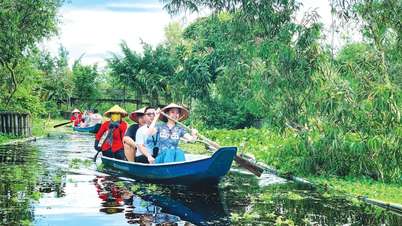

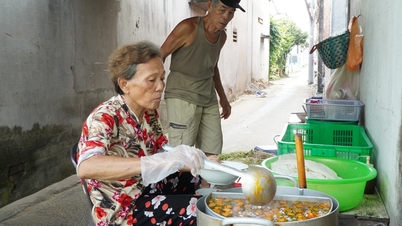

















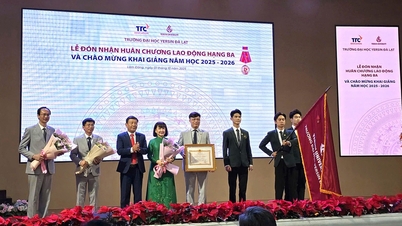

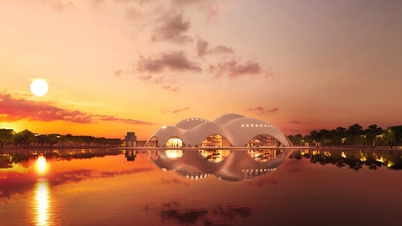






































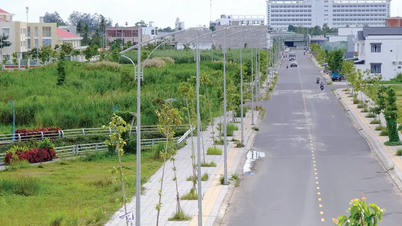


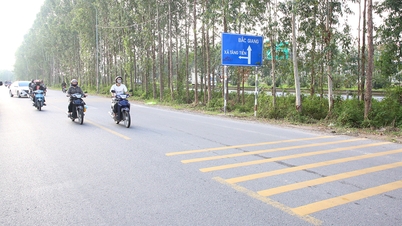

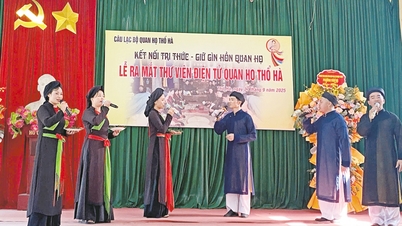
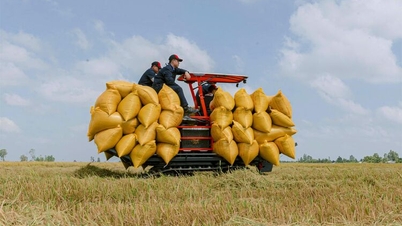
















Comment (0)